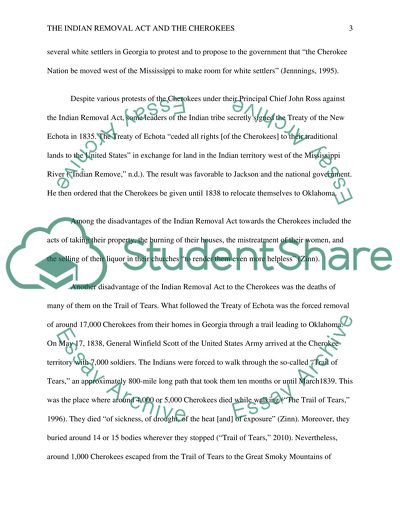Cite this document
(“The Indian Removal Act of 1830 and the Cherokees Essay”, n.d.)
Retrieved from https://studentshare.org/anthropology/1443936-sindian-removal-act
Retrieved from https://studentshare.org/anthropology/1443936-sindian-removal-act
(The Indian Removal Act of 1830 and the Cherokees Essay)
https://studentshare.org/anthropology/1443936-sindian-removal-act.
https://studentshare.org/anthropology/1443936-sindian-removal-act.
“The Indian Removal Act of 1830 and the Cherokees Essay”, n.d. https://studentshare.org/anthropology/1443936-sindian-removal-act.


